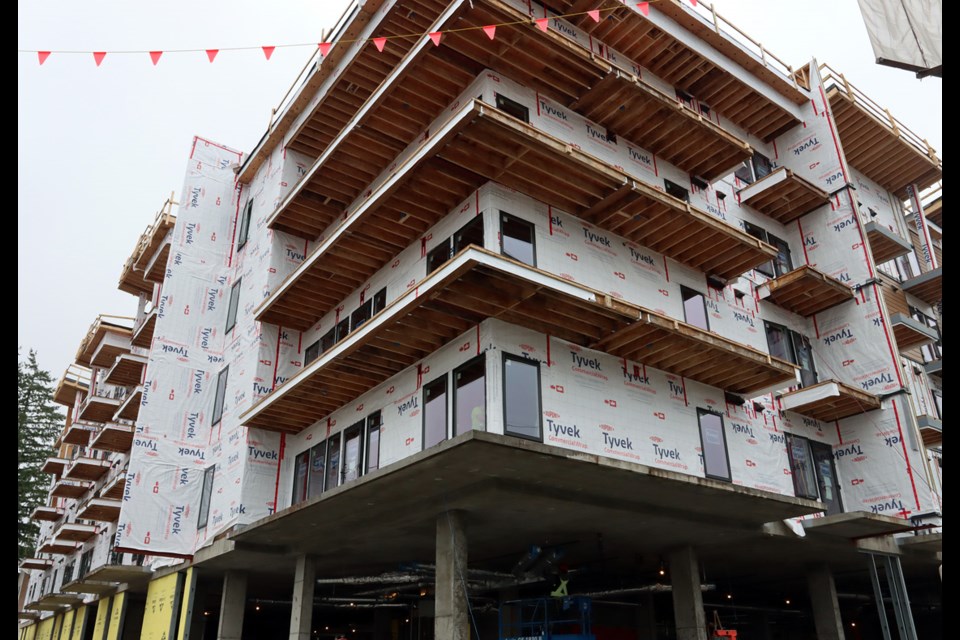Port Coquitlam was once an affordable city but the recent census shows many are bypassing the area.
Cost and availability of supply could be the reason.
Census data released last week shows PoCo grew by 4.9 per cent to 61,498 since 2016, a modest increase, while across the Pitt River in Maple Ridge, the population grew by 10.6%.
How affordable is the city and are housing costs causing problems, such as homelessness or risk of homelessness?
Those questions and more are at the heart of a housing study reviewed by Port Coquitlam council at its Feb. 8 committee of council meeting.
"At what point was there affordable house ownership? asked Coun. Dean Washington.
“I’m 57 years old and it wasn’t in my lifetime. Prior to last couple of years it might have been a tad easier, now with the pricing it's turned out to be unreachable for many."
Figures provided for the PoCo study by Urban Matters, show a stunning loss of affordability in recent years. Based on median household income, overall affordability has dropped from 46 per cent of homes being affordable in 2013 compared to just 18 per cent today.
(In 2016, Port Coquitlam’s overall household median income was $84,096. Owner median household incomes ($95,752) are almost twice that of renter median household incomes ($49,432), accoding to the Urban Matters study.
Here’s the breakdown:
• only 38% of condos are affordable compared to 100% in 2013
• only three per cent of townhouses are affordable, compared to 56 per cent in 2013
• zero single detached homes are affordable compared to four per cent in 2013
A chart provided by Urban Matters shows affordability began to drop significantly in 2016.
Rents are also becoming unaffordable, too.
According to the study, median rents were relatively stable from 2011 to 2015, before starting to rise in 2016
Between 2011 and 2020, the overall median rent for purpose built rental units in Port Coquitlam increased by 70 per cent — from $825 to $1,400
Meanwhile, many on lower incomes — who pay more than 30 per cent of their income on housing — are falling through the cracks.
This includes seniors on fixed incomes, whose numbers are growing, lone parent families, and newcomers, the report states.
There are an estimated 300 people at risk of homelessness in the Tri-Cities, in addition to 86 who were counted as homeless in 2020, and 292 individuals and families are waiting for subsidized housing, an 87 per cent increase since 2013, according to the report.
The report makes many recommendations, including changing land use to allow more housing, noting that 550 homes need to be built each year to meet the need, compared to the current number of 300.
Councillors noted that the city has a number of affordable rental projects in the pipeline, and said there are challenges, including parking, lack of SkyTrain, and the need for more incentives and subsidies from senior governments.
"We need a task force to find our way forward on a lot of this." said Coun. Glen Pollock, as council accepted the report and its recommendations for further study.




